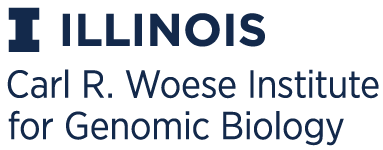EFI - Taxonomy Tool
Dataset Completed
Submission Name: IP91_IPR004184_All
The parameters for generating the initial dataset are summarized in the table.
| Job Number | 26116 |
| Time Started -- Finished | 11/6 06:25 PM -- 11/6 06:55 PM |
| Database Version | UniProt: 2022-04 / InterPro: 91 |
| Input Option | Families (Option B) |
| Job Name | IP91_IPR004184_All |
| E-Value for SSN Edge Calculation | |
| Pfam / InterPro Family | IPR004184 |
| Number of IDs in Pfam / InterPro Family | 25,513 |
| Exclude Fragments | No |
| Total Number of Sequences in Dataset | 25,513 |
The taxonomy distribution for the UniProt IDs identified as members of the input list of families is displayed.
The UniRef90 and UniRef50 clusters containing the UniProt IDs in the sunburst are identified using the lookup table provided by UniProt/UniRef. These UniRef90 and UniRef50 clusters may contain UniProt IDs from other families; in addition, the UniRef90 and UniRef50 clusters at a selected taxonomy category may contain UniProt IDs from other categories. This results from conflation of UniProt IDs in UniRef90 and UniRef50 clusters that share ≥90% and ≥50% sequence identity, respectively.
The numbers of UniProt IDs, UniRef90 cluster IDs, and UniRef50 cluster IDs for the selected category are displayed.
The sunburst is interactive, providing the ability to zoom to a selected taxonomy category by clicking on that category; clicking on the center circle will return the display to the next highest rank.
Click here to contact us for help, reporting issues, or suggestions.


